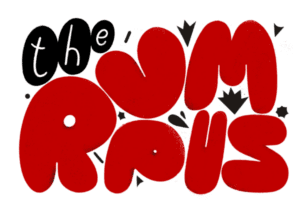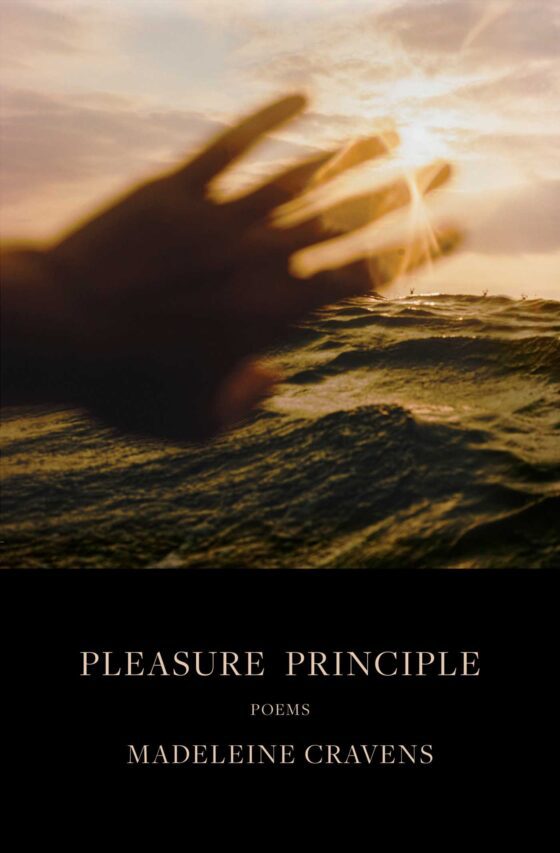Douglas Coupland’s new biography of Marshall McLuhan bends the rules of the medium—but what, exactly, is the message?
Recently, I chanced upon David Propson’s problematic review of Douglas Coupland’s new freewheeling critical/personal biography, Marshall McLuhan: You Know Nothing of My Work! Coupland and McLuhan, though of successive generations, are blood brothers—both Canadians and both writers and artists of New Media. Right off, Propson is snarky, declaring that McLuhan—it’s inarguable that he’s one of the greatest thinkers about media, the man who invented media studies—has exerted much influence over “certain adolescent minds.” But McLuhan did not influence adolescents—he influenced the media builders, those who sell electronic technology to the young because they adapt the quickest.
Next, Propson characterizes McLuhan as “old-fashioned to the point of medievalism,” which is again ludicrous. As anyone who’s read The Gutenberg Galaxy or Understanding Media knows, McLuhan feasted on modernism, particularly James Joyce. Sadly, Propson calls McLuhan a “lazy researcher”; so, too, is Coupland, he thinks. But McLuhan saw that a return to, and a nostalgia for, pre-print orality is one of the primary themes of the previous five hundred years of literature.
Propson can’t stand the “incongruous interpolations” and the “idiosyncratic digressions” of Coupland’s biography. OK. But he doesn’t try to understand why Coupland is writing such a hybrid book. Coupland’s book, like hundreds of other form-stretching texts of our time, is nontraditional. It’s a fusion of postmodern elements: formal irony, textual innovation, collage. McLuhan, Propson writes, predicted the “end of the book”—which he didn’t—and Coupland is doing his best “to kill it.”
Coupland isn’t killing anything. What he is attempting in Marshall McLuhan is to activate his own intimacy and distance, critical and personal, as he unpacks McLuhan’s life and ideas. Certainly this is a departure from traditional biography, and so I need to present the criteria by which I’ll judge its newness.
First criterion: What is the author’s reason to deviate from a given form? (This question is apt because Coupland’s book first appeared in Canada, in 2009, as part of a series, “Extraordinary Canadians.”) Two big biographies, published in 1989 and 1997, have covered the “objective” life—the facts—about McLuhan. Coupland wants to connect personally to this other Canadian culture hero, perhaps, because he’s part of the McLuhan cell line. In 1991, Coupland published Generation X, which satirizes a lost generation of consumers much as McLuhan’s The Mechanical Bride did with his send-up and putdown of advertising in 1951.
Here, Coupland includes Amazon notices for copies of McLuhan’s out-of-print books, quoting a few of those “everyman” reviews. There’s something—dare I say McLuhanesque—about these inclusions that subvert the bio-form. Such subversion echoes McLuhan’s line, “the medium is the message.” The medium of books and their physical form is that which writers continue to worry. These Amazon ads in Coupland’s biography feel archeological: the printed, bound book is already a relic, much as McLuhan said it would be.
Second criterion: Does the writer develop the non-traditional form he or she adopts? Here, I fault Coupland: He fails to fully bridge the adventurousness of collage and the gravity of the subject. McLuhan loved what he termed “acoustic space,” the resonant medium of the electric age where dialogue and orality once again rules. In his multi-illustrated texts, McLuhan lifted the silent (the silenced?) voice of print off the page by hybridizing book design and a fragmentary presentation of ideas. This was McLuhan’s content, pushing the medium to the foreground of our thinking.
Coupland does well discussing McLuhan as our first “metacritic.” He invented interdisciplinary studies with his media-focused seminars, convening at the University of Toronto in the 1950s with a range of colleagues who explored how electronic media was transforming not only their disciplines but also creating a new umbrella field: Communications. As a metacritic, McLuhan reified acoustic space (which would birth virtual space)—parallel electronic geographies where people live with less visual and more tactile participation.
These are fine statements, but I wanted more performative collaging from Coupland and more contemplation of his (as opposed to McLuhan’s) point of view. Coupland misses an opportunity with McLuhan’s notion of the media’s “mutational powers”—that is, whatever the electronic world touches, it transforms.
How about applying this to literature, Coupland’s bailiwick? For a novelist and nonfictionist of more than twenty books and a collage artist himself, Coupland is silent on McLuhan’s belief that literature is being decentered in Western culture. What books have said so well seems lost in the maelstrom of New Media. What’s more, McLuhan believed that, in the electronic age, content matters far less than form; it’s critical that we see content as an exposé of form. McLuhan, like the postmodernists after him, wanted us to get beyond our “narcissistic hypnosis” for the Jane Austen narrative. In fact, what is dynamic and new about the novel is its ability to translate the content of other media, exploring, as one example, pattern recognition from the visual arts. Like a gospel preacher, McLuhan practices this via the noisy mix of many ideas, each fragment barely explicated. McLuhan’s writing embodies the very interconnectivity he isolated and studied in media. Coupland rarely notices (and fails to apply in a significant way) how McLuhan changed the very mode Coupland continues to work in.
The last criterion for a new work is its emotional bent: Does an author’s passion for writing a formally different (even daring) book bring us emotionally closer to the subject? In this regard, Coupland shines. McLuhan wrote in Understanding Media that “any hot medium allows of less participation than a cool one, as a lecture makes for less participation than a seminar, and a book for less than a dialogue.” The last idea is crucial, for in making biography dialogical, we inhabit the shape-shifting writer’s approach: Coupland wants to share with his fellow Canadian some of their befuddlement, wonder, and wit about the electronic grid they are a part of.
I love this element of writers getting close to their culture heroes, in the way that Geoff Dyer probes his fascination with D. H. Lawrence in Out of Sheer Rage. Coupland plays with his position vis-à-vis McLuhan by opposing two short sections: “Writing a biography is cruel” and “Writing a biography is divine.” It’s a matter of perspective, of how the shaper turns these tonal contrasts toward his subject. Coupland wants to relax in the McLuhan universe, not let mountain ranges of data become the enemy. He writes that with the Internet “I . . . note that most people seem to be enjoying, and having fun with, more stories and pictures and words and ideas than anyone could ever have dreamed of.” Could a kind of tribal, primal joy embody the goal of New Media, an end run around wisdom and meaning that we associate with the romance of literature? Might we find more value in letting go of our anger at the book-displacing media and regard the “eternal now” of cyberspace as a place whose lack of historical determinism and fracture of prescribed art forms is a good thing?
In his time, McLuhan said “yes” to this newness, and for now Coupland concurs. But he’s a tad more timid, formally. Though Coupland may aspire to the oracle’s fearlessness, he wishes most for McLuhan’s Zen way of mixing being with writing: The more McLuhan collaborated, the better his ideas emerged. The less he revised his work, the more enigmas he wrought. This is the hardest part of the creative craft: to make the creative a craft.





